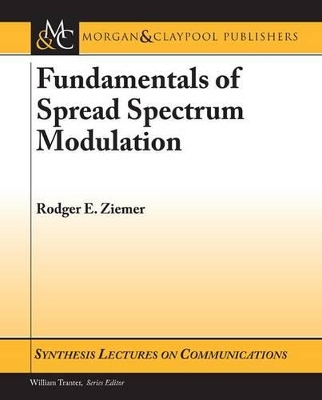This lecture covers the fundamentals of spread spectrum modulation, which can be defined as any modulation technique that requires a transmission bandwidth much greater than the modulating signal bandwidth, independently of the bandwidth of the modulating signal. After reviewing basic digital modulation techniques, the principal forms of spread spectrum modulation are described. One of the most important components of a spread spectrum system is the spreading code, and several types and their characteristics are described. The most essential operation required at the receiver in a spread spectrum system is the code synchronization, which is usually broken down into the operations of acquisition and tracking. Means for performing these operations are discussed next. Finally, the performance of spread spectrum systems is of fundamental interest and the effect of jamming is considered, both without and with the use of forward error correction coding. The presentation ends with consideration of spread spectrum systems in the presence of other users. For more complete treatments of spread spectrum, the reader is referred to [1, 2, 3].
- ISBN10 159829265X
- ISBN13 9781598292657
- Publish Date 1 December 2007 (first published 1 August 2007)
- Publish Status Temporarily Withdrawn
- Imprint Morgan & Claypool
- Format eBook
- Pages 79
- Language English
